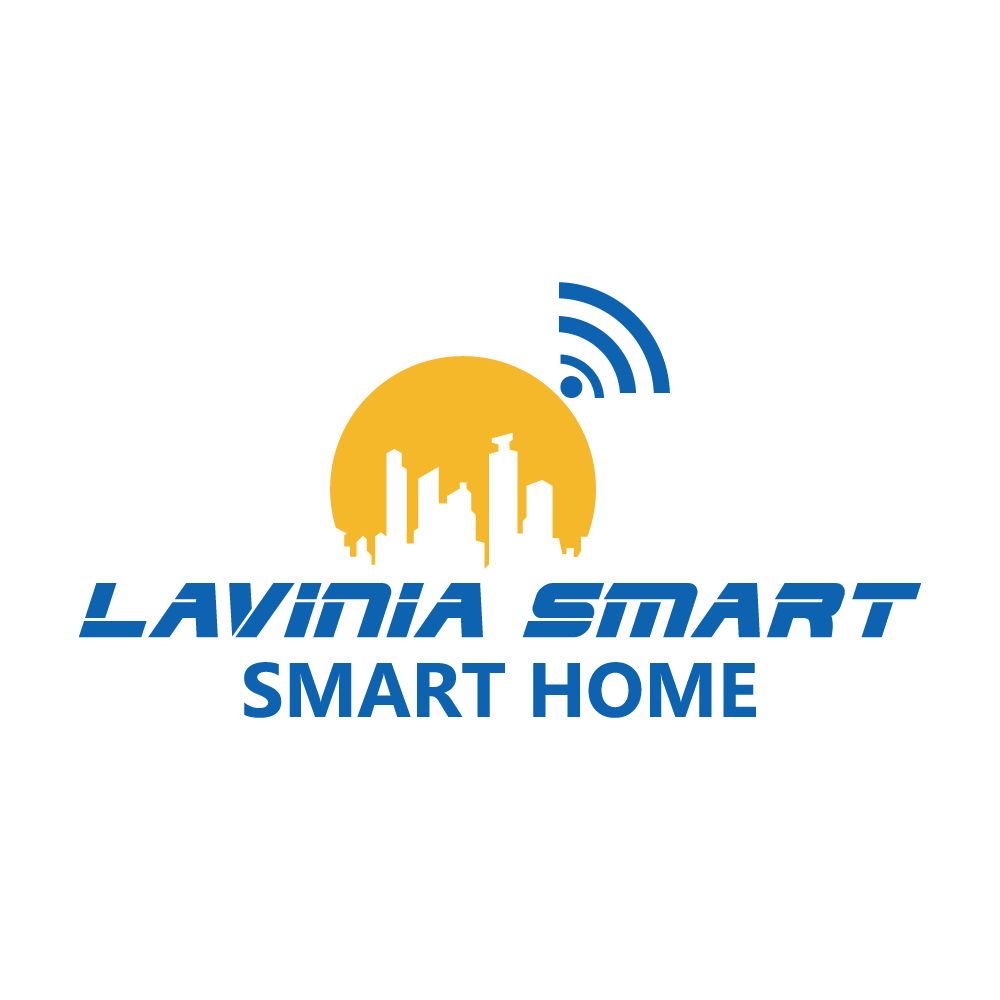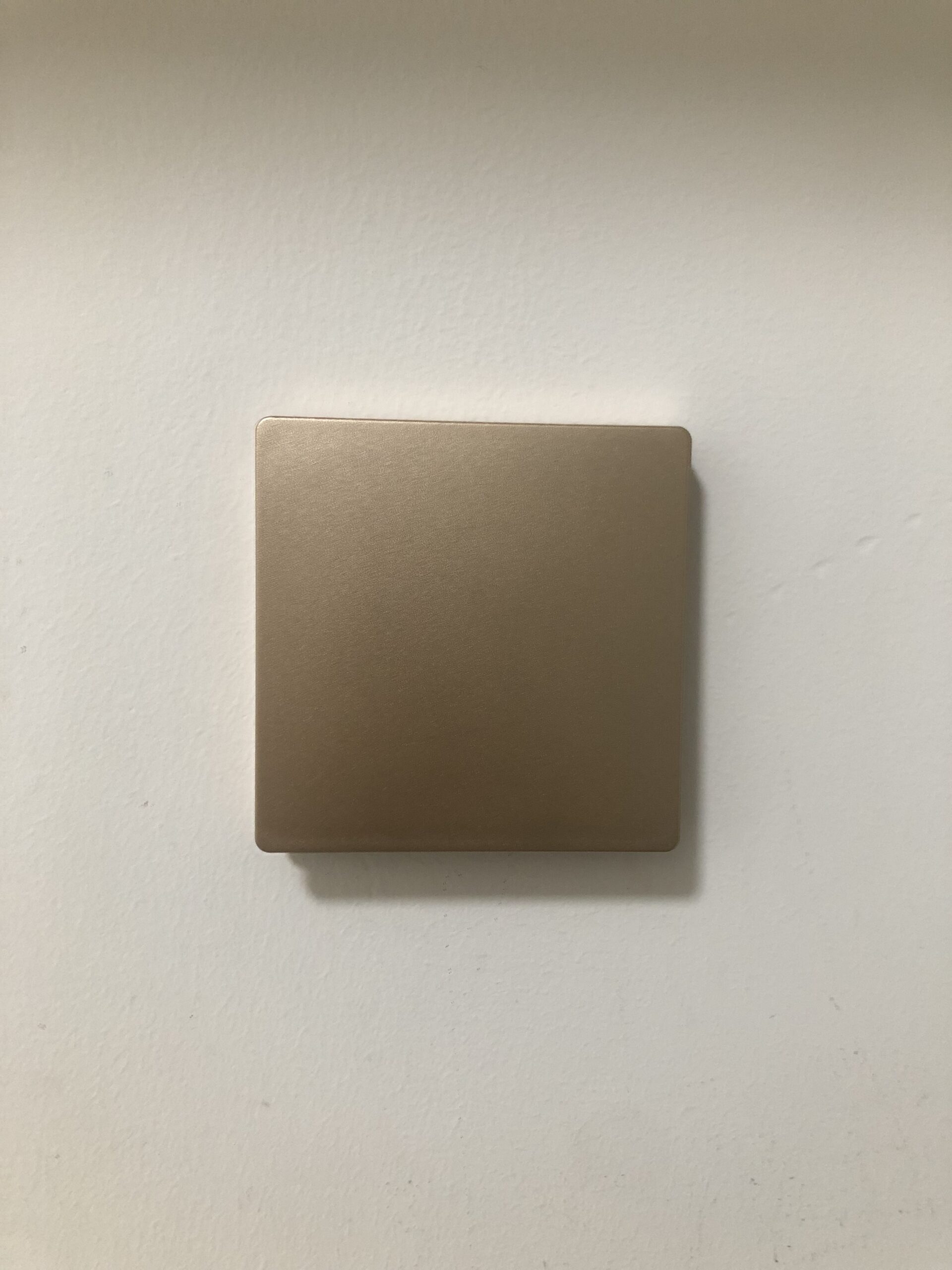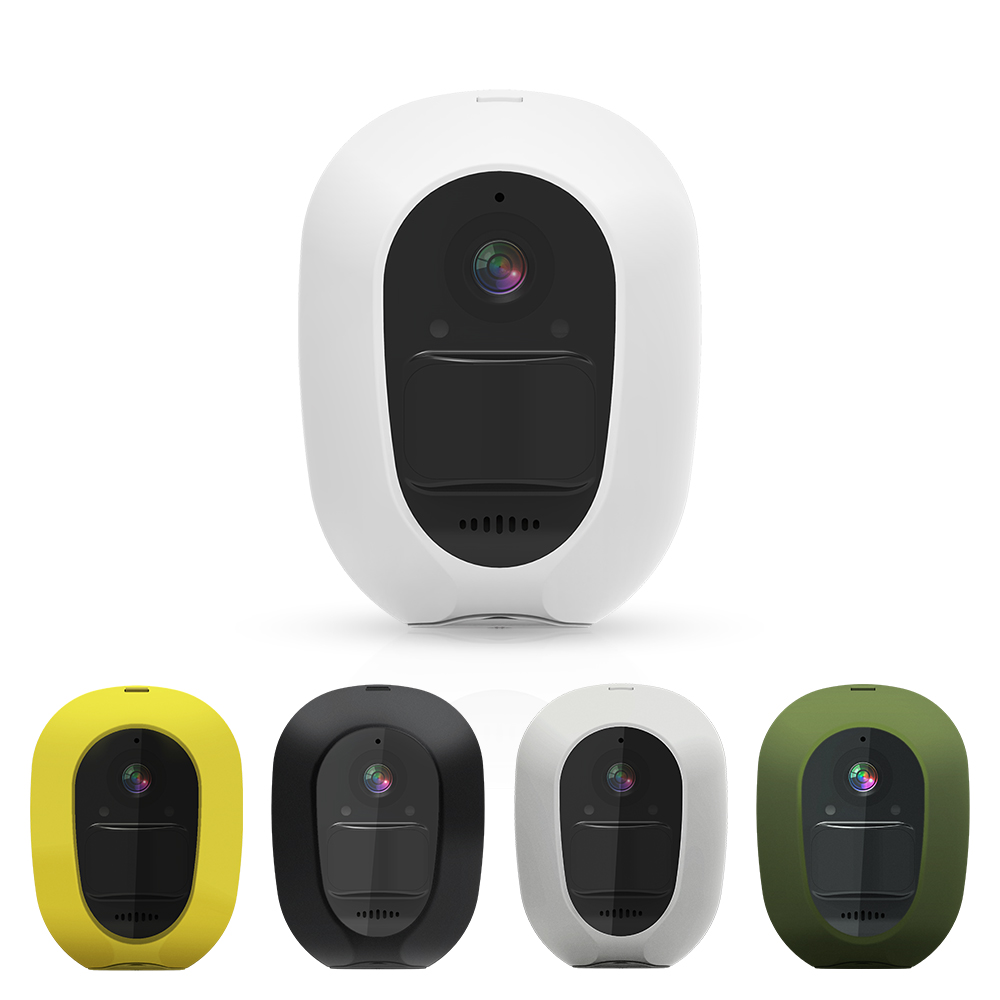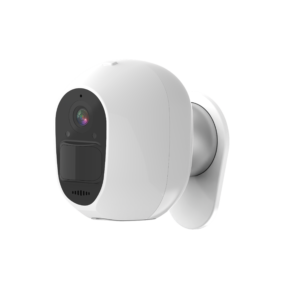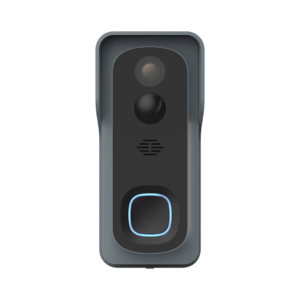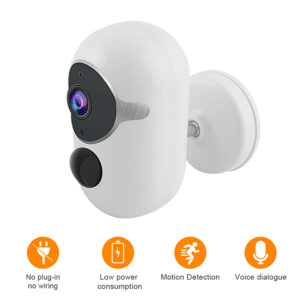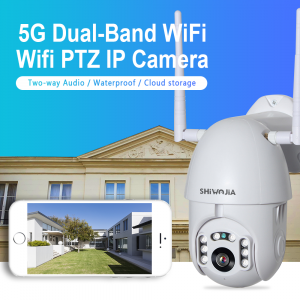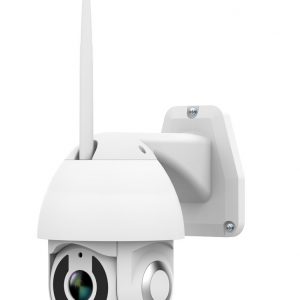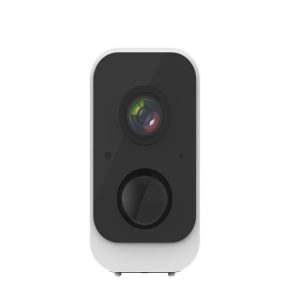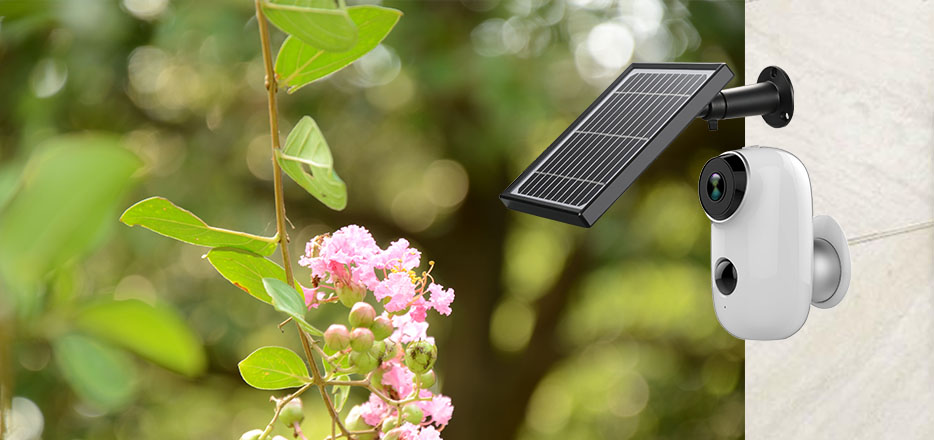Wireless connectivity capabilities allow you to control nearly all devices that are connected via your phone. One of the most used applications is controlling lighting. Simply reach into your pocket, input your passcode, launch an application, connect to it the system, wait for a while, reconnect and finally reconnect to your system locate the lights you want to turn on and in 30 seconds, you’ve got your the lights turned on!
It’s so cool to turn on the light using my smartphone, however it’s about 29.5 minutes slower than light switch that was first invented in 1889. It could be overstated but the fact is that not everyone would like to use their smartphone to light a lamp. Of course, people have developed battery-powered lighting devices and is, however, as we install millions (or perhaps billions?) of connected lighting fixtures, we shouldn’t feel comfortable adding millions of lighting switches to our local landfills and recycling facilities.
Dead batteries are a burden to the battery.
In the market for consumer goods battery life is a pain, and we grumble and replace the battery by grabbing some junk from the drawer. In the commercial market (office and warehouse, retail and schools, etc.) the same batteries could result in an unplanned expense of time, money , and frustration. A person who lives in the area is required to notify the company about the malfunctioning switch. A technician will then visit the building to replace the battery inside the switch and then fills in the invoice for the time, and then it is (hopefully) recycled and the cost is added to and takes time. What’s to say that the switch in the next room will not fail next week before the cycle repeats? We’re one or two years into the batteries that last 2-4 years that are available and this issue is bound to increase and increase.
A battery-free method
Enter LaviniaSmart , the original and leader in the world of wireless energy harvesting technology. With a history of 17 years, the firm, LaviniaSmart has enabled millions of wireless lights that do not include batteries. They have also launched its “Battery-free through LaviniaSmart ” mark to show the switches that are self-powered and their benefits in an opportune moment.
What is a self-powered toggle? That’s the question worth millions we’re repeatedly asked at every demonstration. It’s not magic. LaviniaSmart uses a tiny generator that is that is the electromagnet eco 200 energy harvester, within an ordinary light switch, that makes use of the energy generated by tapping fingers for wireless transmission. The magnetic flux is carried through two laminations that conduct electricity by a tiny, but powerful magnet. It is wrapped in a U-shaped center. Induction coils are enclosed around the core. The magnetic components are held in place by an aluminum frame and an adjustable spring clamp.
The capabilities of wireless connectivity allow you to control nearly all devices that are connected via your phone. One of the most used applications is control of lighting. You just need to reach inside your pockets, enter your passcode, then open an app, connect and wait, then reconnect to then join the network, locate the lights you’d like be activated and bam – in 30 seconds, you’ll have a lighting on!
It’s amazing to be able to switch the light on and off using my smartphone, however this is about 29.5 minutes slower than light switch that was first invented in 1889. This may be somewhat exaggerated however the reality is that not everyone would like to utilize a smartphone to switch on the light. Of course, we have created battery-powered lights and is to this day and as we add millions (or perhaps billions?) of connected lighting fixtures, it’s hard to be content adding millions of lights switches to our local landfills and recycling facilities.
The burden of dead batteries
In the marketplace for consumers battery life is a pain, and we groan and then replace the battery using something else from the garbage drawer. In the commercial sector (office and retail and warehouses and schools, etc.) These same batteries can result in important unplanned expenses of time, cash and frustration. The occupant of the room is required to notify the company about the malfunctioning switch. A technician will then visit the building to replace the switch’s battery and then fills in the invoice for the time, and then it is (hopefully) recycled that adds a cost and takes time. What’s to suggest that the switch that’s two rooms away will not fail next week before it will happen again? We’re a couple of years into these two-year battery lives which are in the market and this problem will continue to grow and increase.
A battery-free method
Enter LaviniaSmart which is the first and global leader in wireless energy harvesting technology. With a history of 17 years, the firm, LaviniaSmart has enabled millions of wireless switches that don’t have batteries. It has also launched its “Battery-free from LaviniaSmart ” label to emphasize the switches that are self-powered and their benefits in an opportune moment.
What is a self-powered toggle? That’s the million-dollar question that we’re asked by our customers 500 times every time we hold a demonstration. It’s not magic. LaviniaSmart utilizes a mini generator that is that is the electronic eco 200 energy harvester that is housed in the typical light switch that uses the kinetic energy from tapping fingers for wireless transmission. A magnetic flux passes through two conductive layers by a tiny, but robust magnet. It’s wrapped in a U-shaped center. Induction coils are enclosed around the core. The magnetic components are held in place by a plastic frame as well as an adjustable spring clamp.
The U-shaped core that runs through the coil is moveable. it can be in two places, and each is in contact with the opposing magnetic poles at the end of each location, the magnetic flux gets reversed within the U-core. This configuration ensures maximum flux changes through the coil , with only very little movement of the core and thus high efficiency with the least amount of energy loss. With the power output of just 120 milliwatts, and an associated wireless module, it’s possible to transmit three radio telegrams at a time. When at ambient temperatures it is possible to use the ECO 200 energy converter enables the typical completion of over 1,000,000 switching cycles.
Brightness with open wireless standards
Batterie-free switches are able to power a variety of open wireless standards like LaviniaSmart , Bluetooth and Zigbee and are therefore suitable for many different lighting and applications. The lights can be changed in the room without batteries or wires, and also without the use of your mobile. This amazing use and reduction of an old-fashioned power source “Battery-free created by LaviniaSmart ” will eliminate the need for the need for batteries in light switches yet still allow complete control over the lighting, color as well as brightness. There was no app used to adjust the brightness to the lighting.
About the author
Lavinia has been involved in green buildings and sustainable controls since the past 20 years. He continues this work through his job as sales director at LaviniaSmart China, the largest energy harvesting wireless business around the globe and working with the manufacturers across wholeworld to create advancements in a wide range of products, removing the hundreds of thousands of battery used.
Troy has given talks about self-powered sensors and control during AIA, AHR expo, Hi-Tech, APMA, USGBC Greenbuild, Lightfair international, LaviniaSmart Alliance events, speaking in Europe and North America. Lavinia is a regular participant in the wireless roundtables in the industry, using WiFi, Bluetooth, Zigbee and other wireless protocols.
